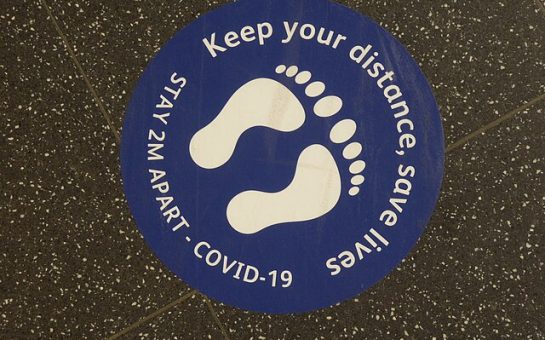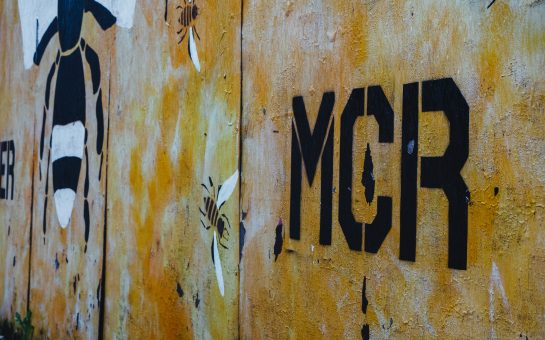If you’re of a black or south asian ethnic background, you have a greater risk of dying from COVID-19 than white people according to updated figures from the Office for National Statistics (ONS).
This has been clear since the pandemic began, as previous data suggested that black people have a four times higher risk of dying than white people. However, the updated data shows a more detailed breakdown and that the differences are not driven by pre-existing health conditions. Instead, they’re largely down to factors like jobs and accommodation.
Using hospital data alongside self-reported health or disability the report explored whether the difference in mortality rate between people of black and ethnic minority backgrounds (BAME) and white people might be explained by the prevalence of pre-existing conditions. However, the data shows that this is not the case.
Across the board, males had a higher rate of death than females but all ethnic minority groups except Chinese had a higher mortality rate than the white ethnic population. Overall, the data shows that males of a black African ethnic background had the highest rate of death. Their rate of death was 2.7 times higher than males of a white ethnic background. Meanwhile, females of black Caribbean ethnic background had the highest rate amongst females which was almost twice that of white females.
In England, people of south asian ethnic background were found to have more cases of cardiovascular diseases and diabetes, which are risk-factors for severe COVID-19 complications. People of a Chinese background had the lowest prevalence, and therefore some of the higher risk in people with a south east asian background could be explained, but the report stressed that this is not a clear reason for the cases.
When the report took into account geography, health measures (including pre-existing conditions) and socio-economic characteristics, black African males still had a mortality rate 2.5 times higher than white males. For females of the same ethnic backgrounds the rate was 2.1.
When looking separately at the care home population, asian males and black and asian females also had a raised mortality rate involving COVID-19 when compared with white people, even when taking geography and health measures into account.
The higher rates of death among BAME people are down to a higher risk of infection due to demographic, geographical and socio-economic factors, not pre-existing health conditions. Examples of these factors are occupational exposures and place of residence. These factors lead to a greater risk of death from COVID-19 for BAME people, which begs the question of whether there should be better COVID-safe protocols put in place for people with these risk factors.



